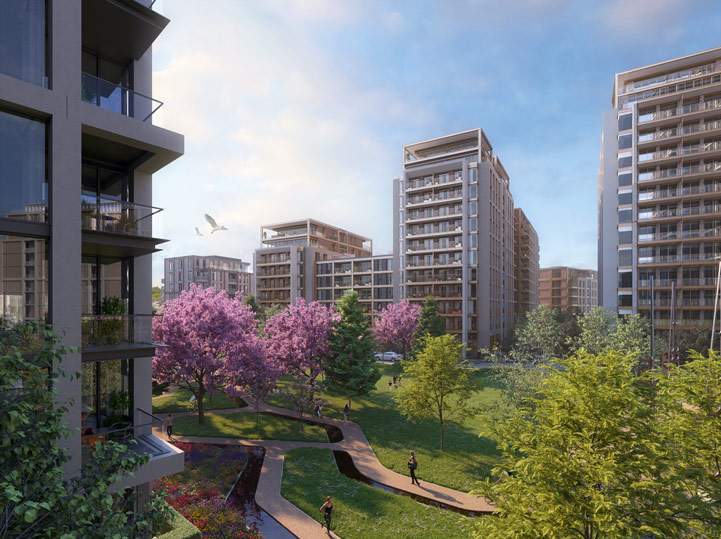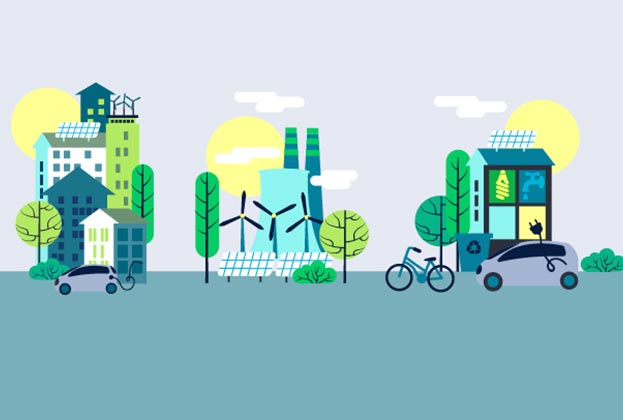Life in lockdown changed what we value about our homes. What can developers do to benefit from this?
Summary
- Changing buyer preferences mean we’ll see values outperform in areas with better access to green space locally.
- Developments in areas with less greenery nearby can compensate by including gardens and terraces.
- Developers will need to balance the demand for more space with what residents can afford.
Our priorities have shifted over the last couple of years. The experience of lockdown pushed many of us to seek homes with outside space, homes where we could work, larger homes.
These changing preferences have driven up demand for properties in different areas from before. It could mean areas previously seen as desirable lose some of their lustre. Developers need to stay on top of these shifting trends to ensure they are building where their buyers most want to live.
We’ve quantified these changes. Our analysis calculates which local housing markets will outperform based on factors such as access to green space, transport connectivity, local schools, and housing types.
Using the results of our latest buyer survey, we can show the impact of changing preferences: access to green space rising in importance and transport connectivity falling.

Rush to the suburbs
Living near public transport was by far the most important factor for London home buyers before the pandemic struck. Even now, with some employees returning to the office, living near a tube or train station has dropped down the list of priorities for Londoners.
Access to a park or other green open space, however, shot up the wish list in March 2021. More than half of buyers, 57%, listed it as their top or second priority when choosing what home to buy.
Our latest buyer survey in September 2021 showed buyers have started to reprioritise proximity to transport. But being close to parks and open space remains a key priority.
Intuitively, you’d expect this to increase demand for homes in 'urban village' locations: places such as Hampstead, Wimbledon, and Dulwich. But our analysis predicts it will also raise the appeal of other, less obvious locations such as around Ilford and Romford in the East and Hayes and Southall in the West.
What can developers do about this?
Those developers looking for sites should focus their attention where the depth of demand is greatest. Outer London has better access to green space and land values are lower, which keeps developments affordable for a broader range of people. There is an opportunity to work on sites further from tube or train stations before, given those amenities are seen as less important now.
Those sites are more likely to require some kind of parking. This comes with associated costs, particularly in light of government announcing all new residential car parking spaces must provide electric vehicle charging. There could be potential to mitigate this by offering car sharing or taxi credits for residents.
Developers will also need to balance stronger demand in these outer London locations against the difficulty they may face getting planning permission.
For developers committed to the city centre, it’s more important than ever to offer access to green space as part of a scheme. Whether that’s a communal garden, a roof terrace, or larger private balconies, they will need to convince buyers they’re not giving up on that outdoor space by moving to the city. Our Prime London index shows that properties with a small garden saw 4.8% value growth in the year to September 2021, compared to -0.1% value falls for properties with no outdoor space at all.
Read the articles within Redefining Residential Value below
.jpg)
